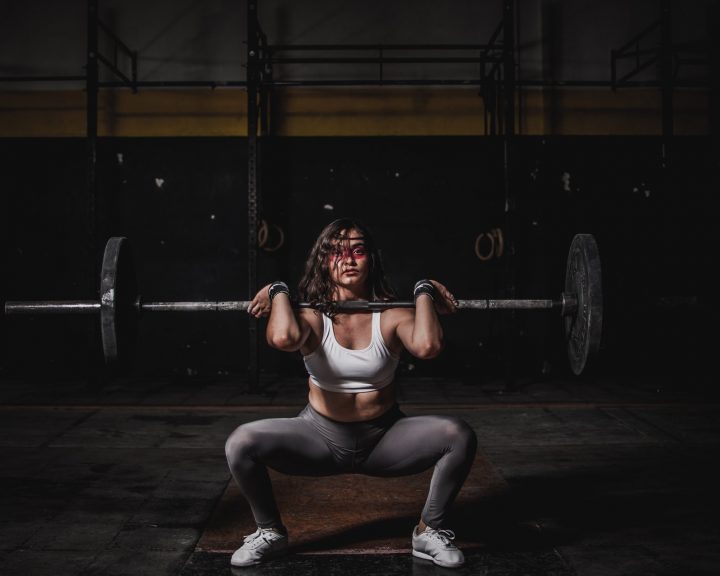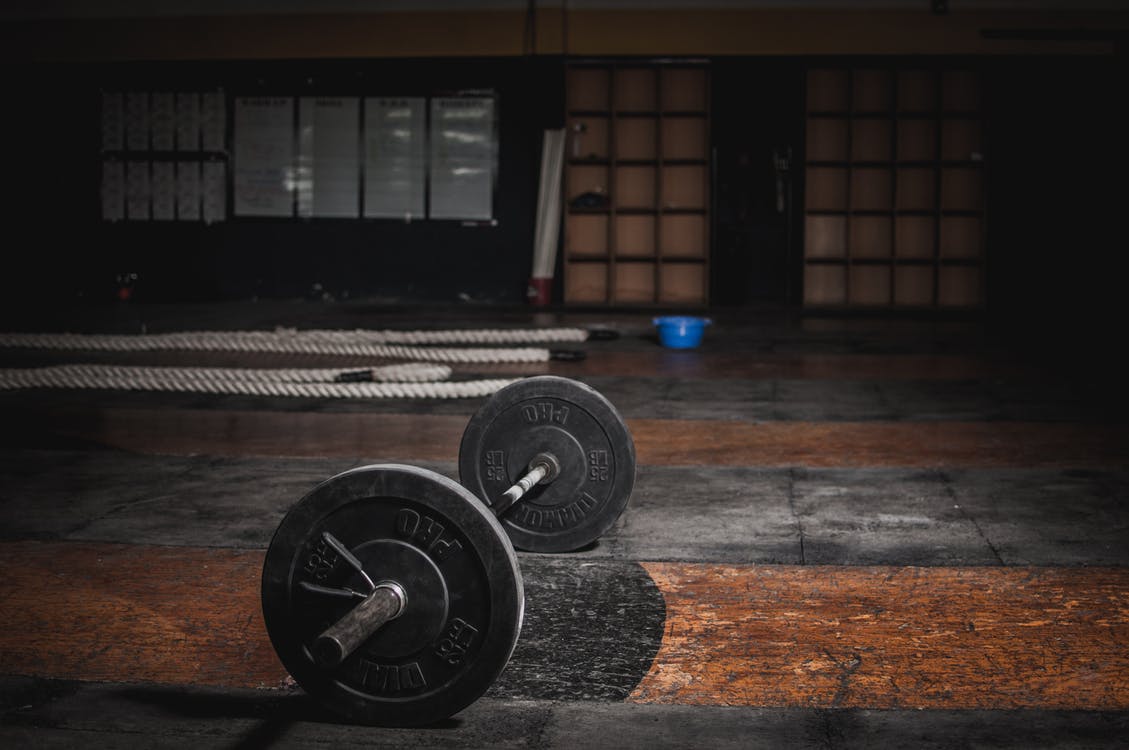The squat exercise is widely used in bodybuilding, weightlifting, athletics, powerlifting, strongman, and recreational training. It has an effect on the lower body, trunk/core, and total body strength unmatched by almost any other exercise. And yet, it is also one of the most misunderstood exercises largely due to a single study done over forty years ago.
This will be the first of four posts describing what the squat actually works, how it effects the knee, how to perform it properly, and how to train for it.
What it works:
The squat is an important exercise for the development of your quads, hamstrings, glutes, and calves. Having said that, you should be prepared for the fact that muscle recruitment of the quads, hamstrings, and calves during the squat doesn’t work the way everyone thinks it does, this is because of the anatomy and functioning of the lower body. Many of the muscles that act on the knee also act on the hip, these include the hamstrings and rectus femoris muscles. Others are single joint muscles (i.e. act on the knee only) such as the vastus lateralis, vastus medialis, and vastus intermedius.
It turns out that while descending in the squat, the quadriceps (vasti muscles plus rectus femoris) are actually more active than during the ascent. This is because of the rectus femoris, which in addition to extending the knee also flexes the hip. Quadriceps activity peaks at about 80-90 degrees of knee flexion (i.e. a parallel squat) and does not increase when you go lower into the squat.
While ascending from the bottom position, the hamstrings are more active than during the ascent. This is because they also act on the hip (besides flexing your knee, they also act to extend your hip). Hamstring activity peaks at about 50-60 degrees of knee flexion (i.e. a quarter squat). A number of researchers think that the hamstrings probably work throughout the entire squat exercise, which is why the squat provides so little strain to the anterior cruciate ligament.
The gastrocnemius is also active during the squat, especially during the descent. In addition to raising you up on your toes, the gastroc helps to flex the knee. It also keeps the tibia from moving forwards relative to the femur (this is called translation).
In addition to working the quads, hamstrings, calves, and glutes, the squat also has a number of other benefits. First, it helps to strengthen the muscles of your trunk including your “core” muscles. Second, it makes your bones stronger (they have to support the weight). Third, it has a lot of transfer to everyday life and to sports. Finally, a lot of people feel that the squat has a synergistic effect on the rest of the body (i.e. doing squats helps your whole body grow).
If squats are so good for you, why doesn’t everyone do them? One reason is that there is a lot of misinformation about them. The next post will cover where this comes from.



